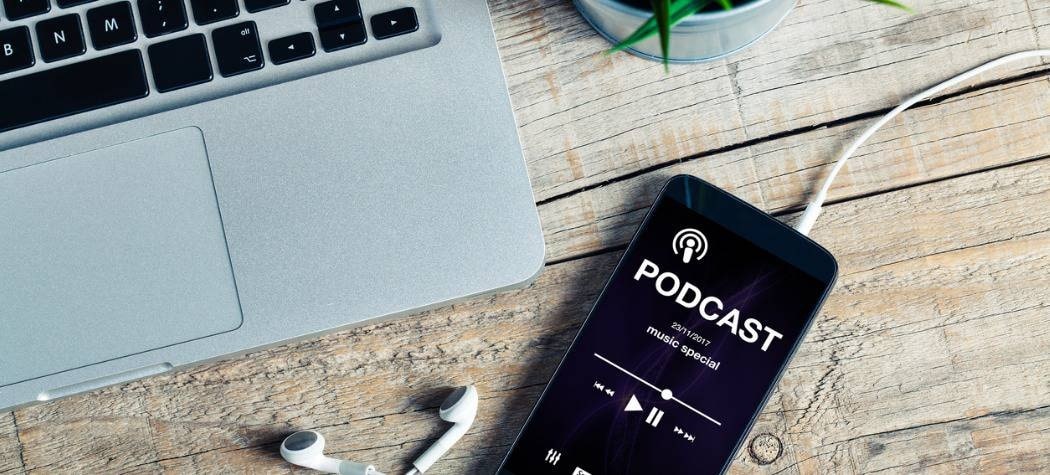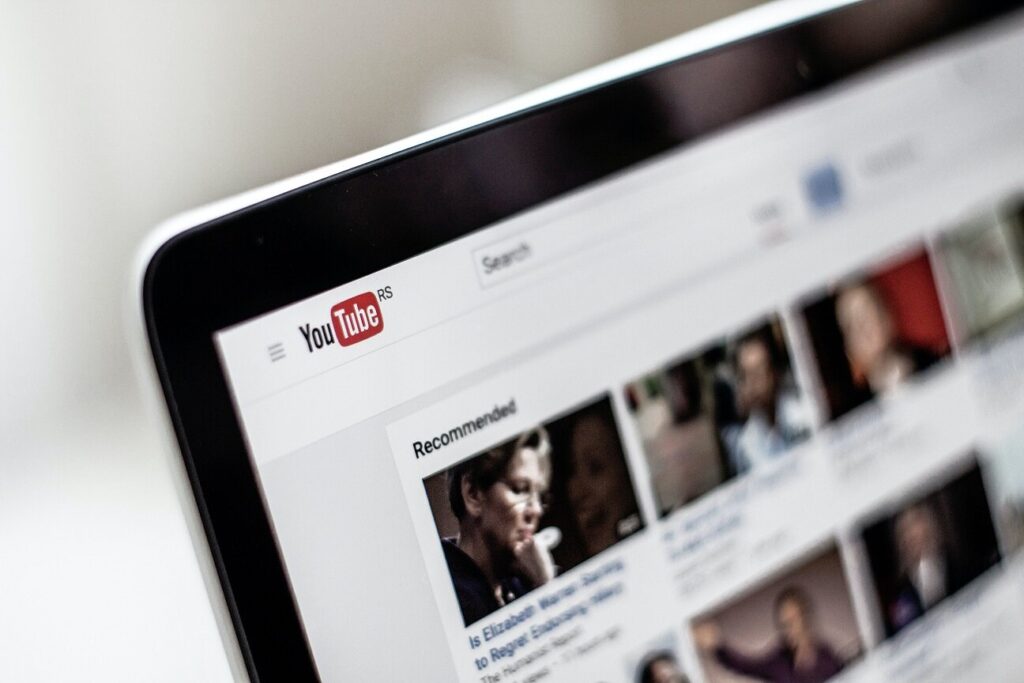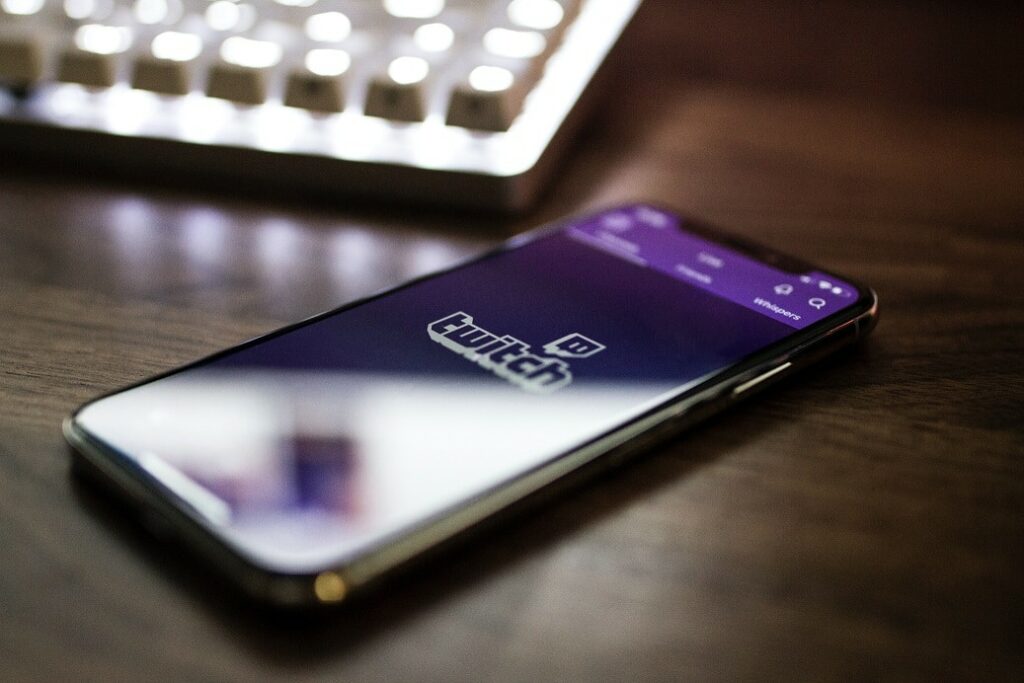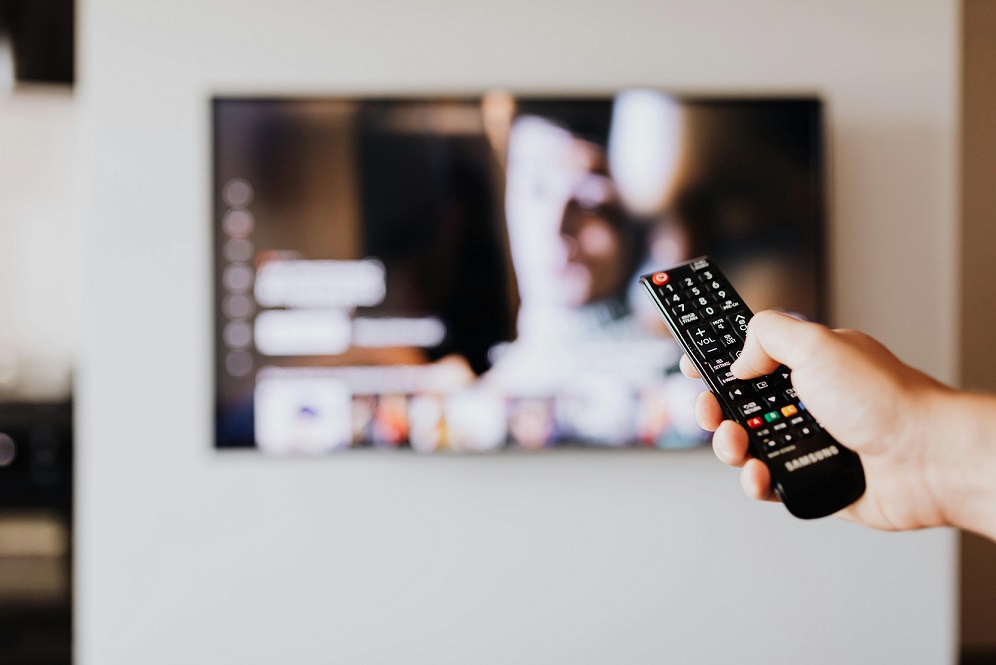It’s safe to say that podcasts are incredibly popular. With an estimated 424 million podcast listeners in 2022 — and programs available on almost any topic — the popularity of podcasts is unlikely to decline any time soon. Podcasts are available on just about any device, with multiple convenient apps ready to play episodes with a simple touch.
Increasingly though, podcasts and podcasting platforms have come under fire over questions of accessibility. Many have argued that without captions and/or transcripts, podcasts are inaccessible for those who are deaf or hard of hearing.
A recent lawsuit filed by the National Association of the Deaf (NAD) and Disability Rights Advocates (DRA) argues that SiriusXM, Stitcher, and Pandora are in violation of the Americans with Disabilities Act (ADA) for failing to make their podcasts accessible. This isn’t the first time podcasting platforms have received pushback for not including transcripts, but as this suit is aimed at leading podcast platforms, whatever decision it brings could be a game changer for the industry.
While the outcome of the most current lawsuit remains to be seen, it comes at a time when ADA lawsuits continue to rise across the board along with greater awareness of the need for greater accessibility.
How do I make my podcast more accessible?
While the benefits of accessibility are many, the process can prove intimidating for those with limited time to dedicate to added steps in production. But accessibility and transcription don’t have to be just more things on your “to-do” list. While typing a transcription yourself certainly can and does take a long time, there are plenty of better ways to transcribe podcasts. If you work with a quality accessibility and transcription provider, the process can be seamless for your workflow.
VITAC offers podcast transcription for prerecorded and live content as well as transcripts in a variety of languages.
Our podcast transcription service features unmatched accuracy, quick turnaround times, and versatile formatting options that exceed ADA and FCC compliance and meet a range of entertainment industry needs.
All our transcripts are verified for quality assurance (spelling, punctuation, line breaks, and stylistic issues, among other things) before they are delivered and can be created in a wide variety of formats compatible with all major podcasting platforms, including Sirius XM, iTunes, Audible, and Stitcher.
What else can I do to make my podcast accessible?
Here are a few other quick tips to consider.
- Transcripts! Podcast transcripts aren’t the only thing that makes a podcast accessible, but as we’ve mentioned above, they’re a pretty important component.
- Captions. If your podcast includes video and the video isn’t captioned, the video isn’t accessible. The bonus is, if you record a podcast on video and have it captioned, the caption file can often be repurposed into a transcript for the audio-only version.
- An accessible website. If your podcast is on a website, make sure the website follows WCAG (Web Content Accessibility Guidelines) standards. If users can’t navigate the website without the full use of a mouse or keyboard, or if it’s highly visual without effective alt text, the website isn’t accessible, and neither is the podcast.
- An accessible podcasting practice. This can include a lot of components, from ensuring interviews with guests are accessible by hosting them in physical spaces that are accessible or via video conferencing platforms to including captions for video interviews to ensuring that any accompanying prep materials for episode guests and hosts can be read by a screen reader.
Why make your podcast accessible?
There is no denying the myriad benefits to making podcasts more accessible, including those that extend beyond inclusion. Here’s just a few of the top ones:
- Accessibility. Though accessibility is the primary benefit, it’s still important to stress. Transcripts make podcasts accessible to the nearly 20% of people worldwide who are affected by hearing loss. And that doesn’t just mean casting a wider net for potential podcast subscribers — it means ensuring that people who are deaf or hard of hearing can more meaningfully participate in all aspects of society because they have access to the same content as hearing individuals. Accessible podcasts build a more inclusive world and better conversation around news, culture, and everything in between.
- ADA compliance. Podcast accessibility isn’t just a moral good, it’s a necessity. If you allow people to download and access your podcasts on a website, you need to ensure that all users have equal access to what you are sharing. Providing transcripts for podcasts is a good way to not only do the right thing, but avoid potential legal battles (like ones mentioned earlier in this article!).
- Search Engine Optimization (SEO). Transcripts can make podcast content easier to find. Really! Search engines can’t read audio, but they can read text. So, when people search topics discussed in podcasts, the podcasts that have transcripts are more likely to pop up in search results. This can help garner new listeners and subscribers for podcasts.
- Improved production capacity. Everything moves fast these days, even, and sometimes especially, when it comes to podcasting. The idea of adding in another step in podcast post-production might not sound appealing to some professionals working on extremely tight deadlines, but transcribing a podcast doesn’t have to mean a long, tedious process that occurs after podcasts are recorded. If used correctly, transcripts can be an integral part of the production process. Including such things as time stamps and speaker changes can help foster better clipping and editing of your recording, speeding up your production timeline.
- Boost marketing and promotion. Podcast transcription can also lend itself to easier sharing and promotion. Transcripts, especially highly accurate ones with speaker changes or time stamps, can make it easier to zero in on good quotes and then share them quickly and easily. This can also make it easy to create clips to share as teasers or other promotions. Transcripts can become blog posts, which also increases website traffic and makes podcast promotion even easier.
At VITAC, we believe accessibility is vital, it’s in our name. Learn more about how we can help with any of your podcast’s transcription, captioning, or subtitling needs.
(Article updated April 2023.)




